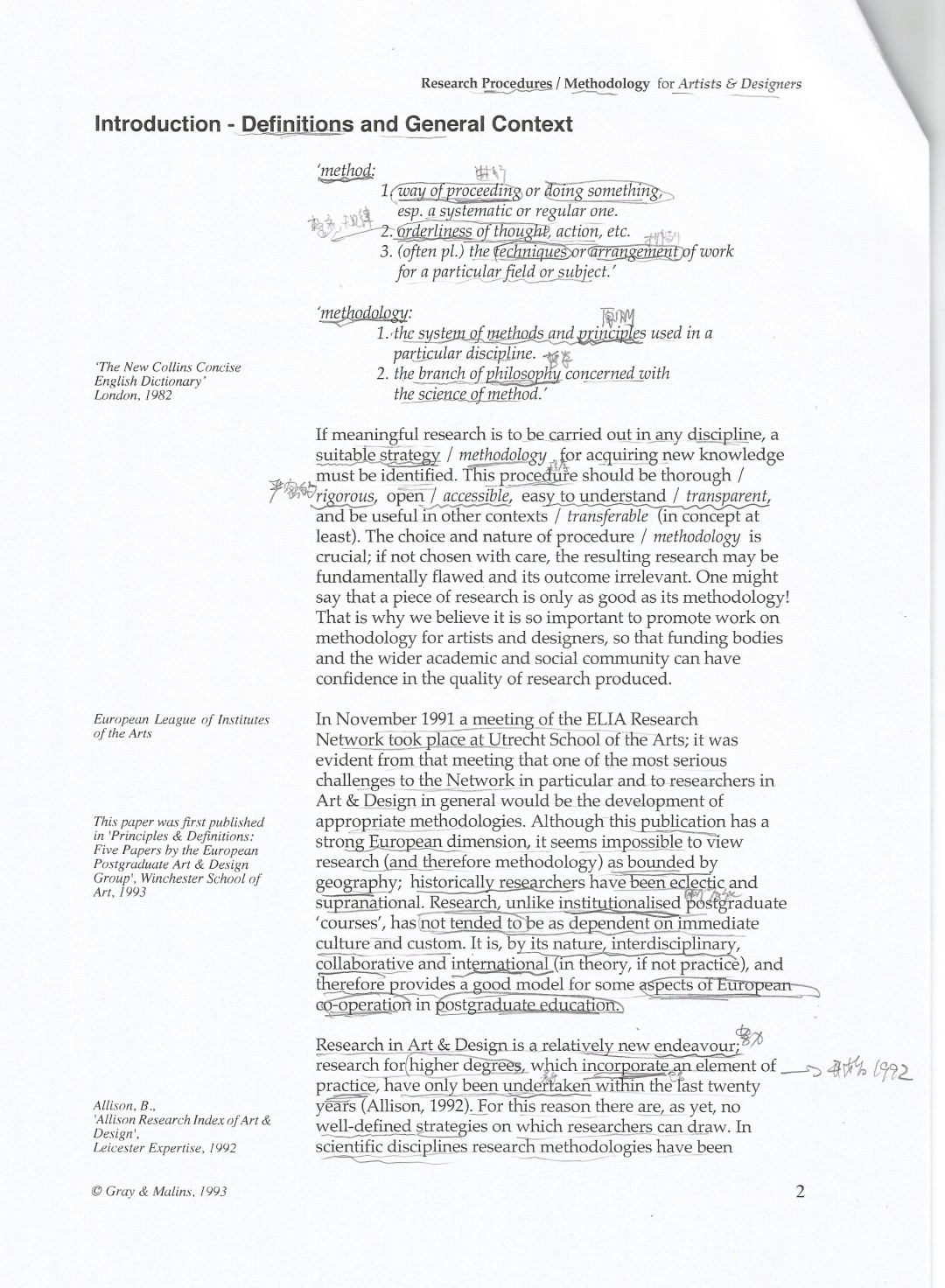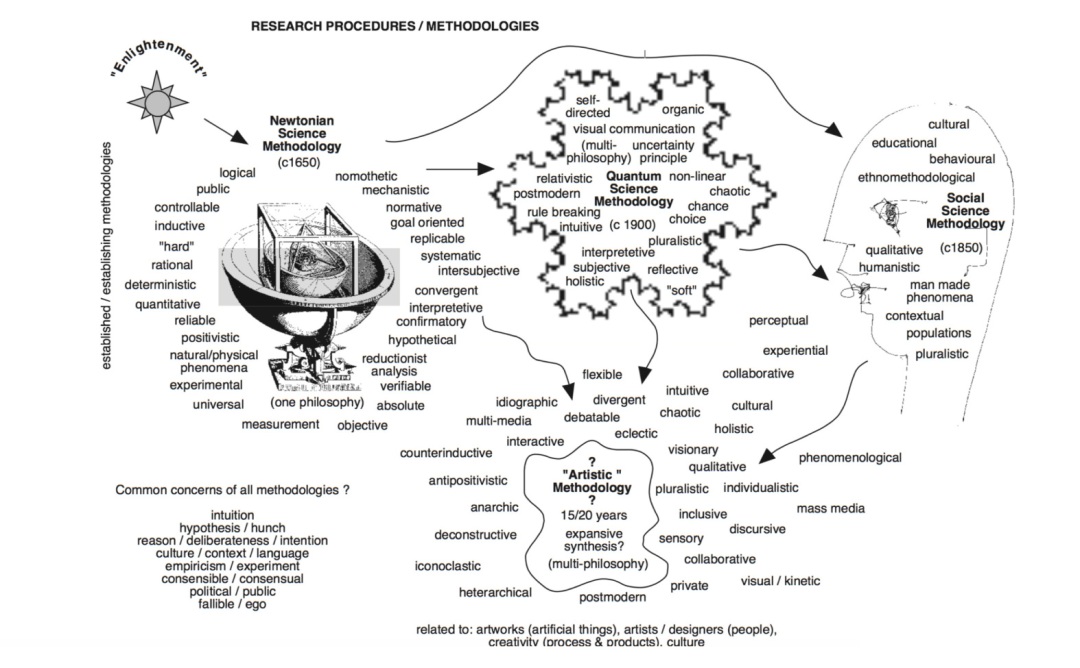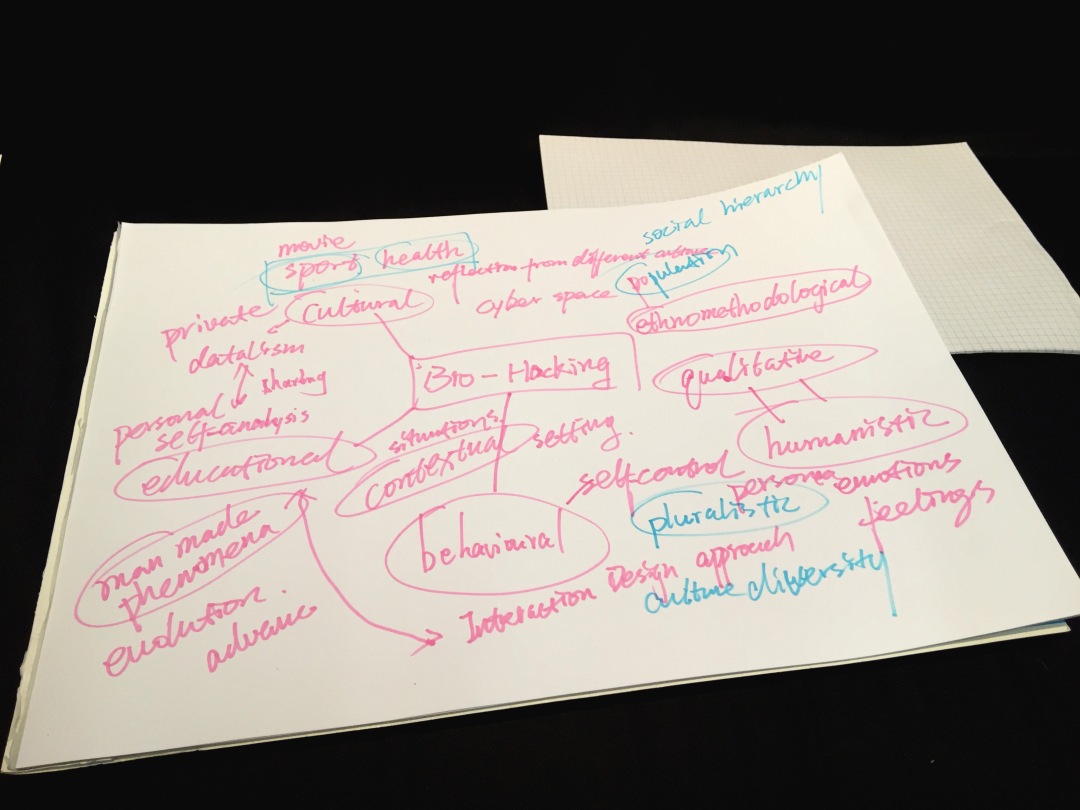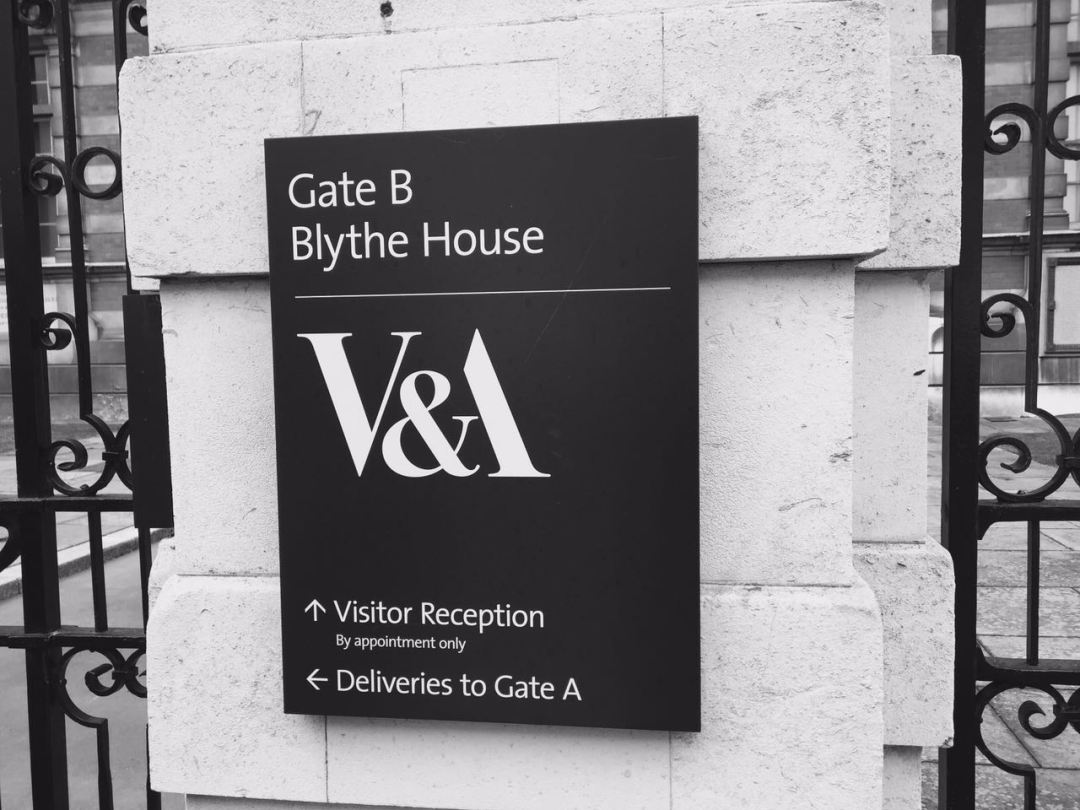
In the past two months, I focused on the the Golbet which is a computer art graphic designed by James Blinn in 1977 and did a lot of research relevantly, for the purpose of producing an interactive version for the museum. In this process, I suffered from many different kinds of issues which are related to the theory, material, as well as the technical things. So far,some of them have been solved by the academic resources, such as the inspiration of the lectures, design theories and the Max classes, while some of them are remained to be explored and therefore solved.
Firstly, we did a lot of research which is relevant to James Blinn and the story of his Goblet. In his book “James Blinn’s corner”, he pointed that hidden line elimination is once one of the greatest classic problems of computer graphics. Also, he said that he personally sees more magic in a moving hidden line image. These are the points he had used in the graphic of Goblet, illustrating the lack of realism inherent in a line drawing, which means that people also realize the surface of the object instead of understanding and finding some information beyond. By reading these reference, we obtained some inspiration and started our project, aiming to build a 3D wireframe model which can show the beyond information of the object as well as interact with audience.
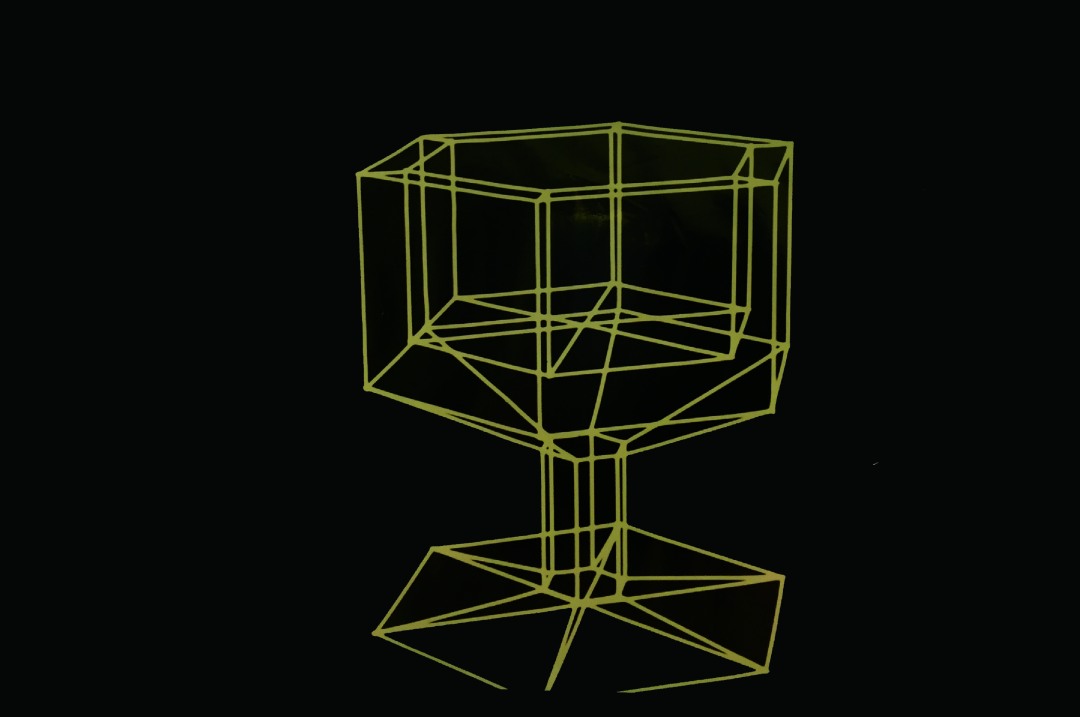
Also, my research is continually focusing on the relationship among our object, the narrative space of the museum and the audience. This means that when the object is put in the narrative space of museum, what kind of relationship or interaction will be expected for viewers? In Cecillie Gravesen’s and Usman Haque‘s lectures, they all pointed out that audience plays an important role in creating an artifact or object, then I read some reference about “participatory design”, obtaining some key points which are related to the the participation, that viewer’s role had changed a lot in the past few decades, they want to be a part of the artwork instead of just a viewer. Another point worth mentioning is that the artifacts in the museum cannot be touched normally, and also the original one of Goblet is just a graphic, leading to an isolated atmosphere. As a result, we decided to make a physical wireframe model which can interact with these viewers.
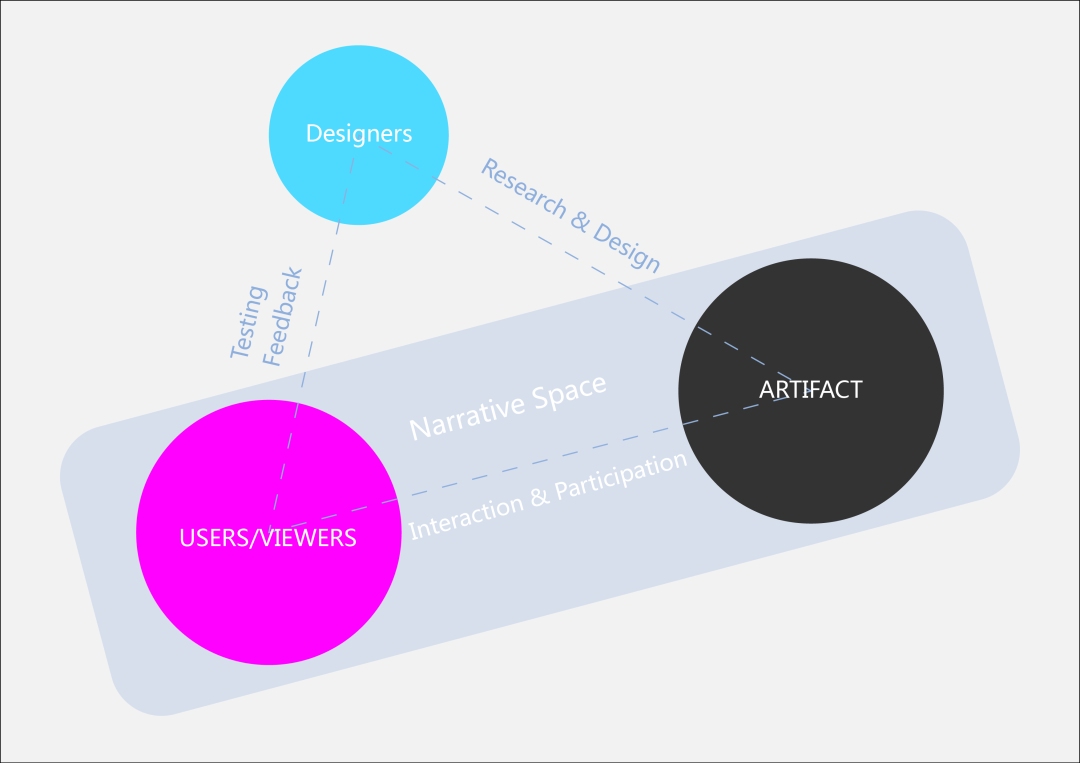 The relationship among Designers, Viewers, Artifact and Narrative Space
The relationship among Designers, Viewers, Artifact and Narrative Space
Next stage, we started to consider the form of our object, like the choice of materials and what kinds of technical things can be used to interact with audience.At the start, Nidhi and me had no idea about the materials and we tried to find some solutions. Then we made three wireframe cubes by using different kinds of metal wires, along with LED lights for the original prototype, but we failed two times due to the fact that the metal is way too soft. After taking the class of “Affordance” and reading some chapters of “Emotional Design” which was written by Donald Norman, I was given some inspiration which is related to user’s expectation and continuance of the object.
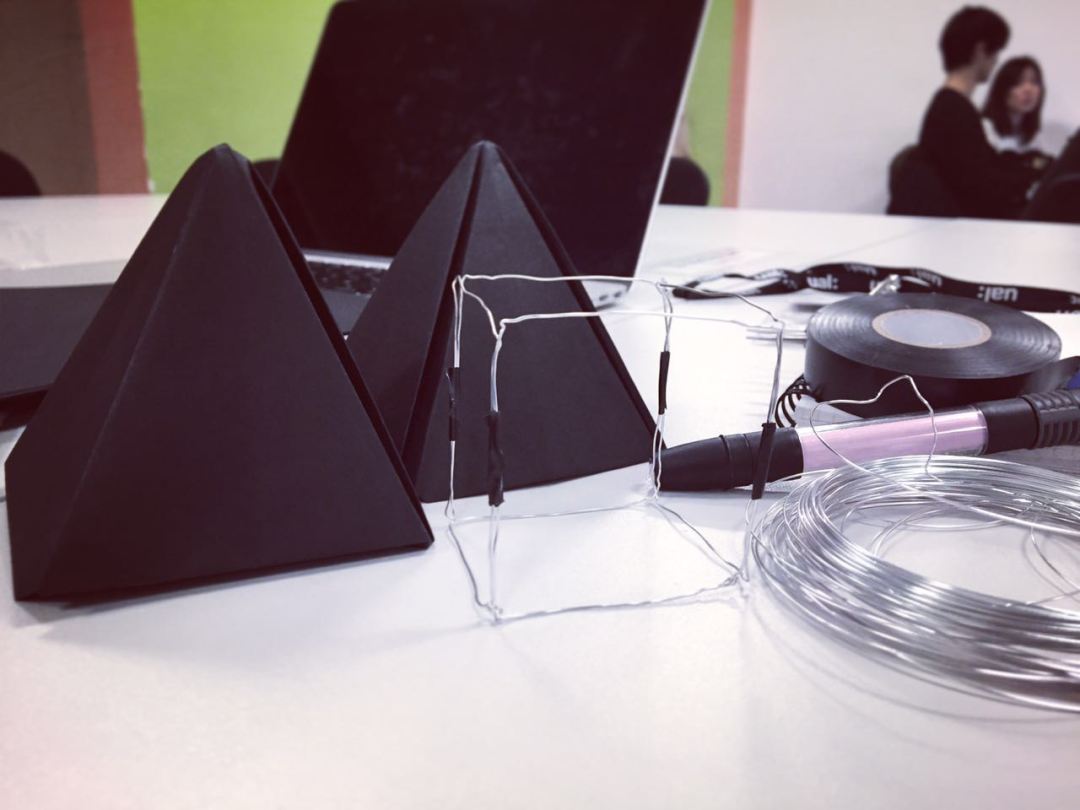
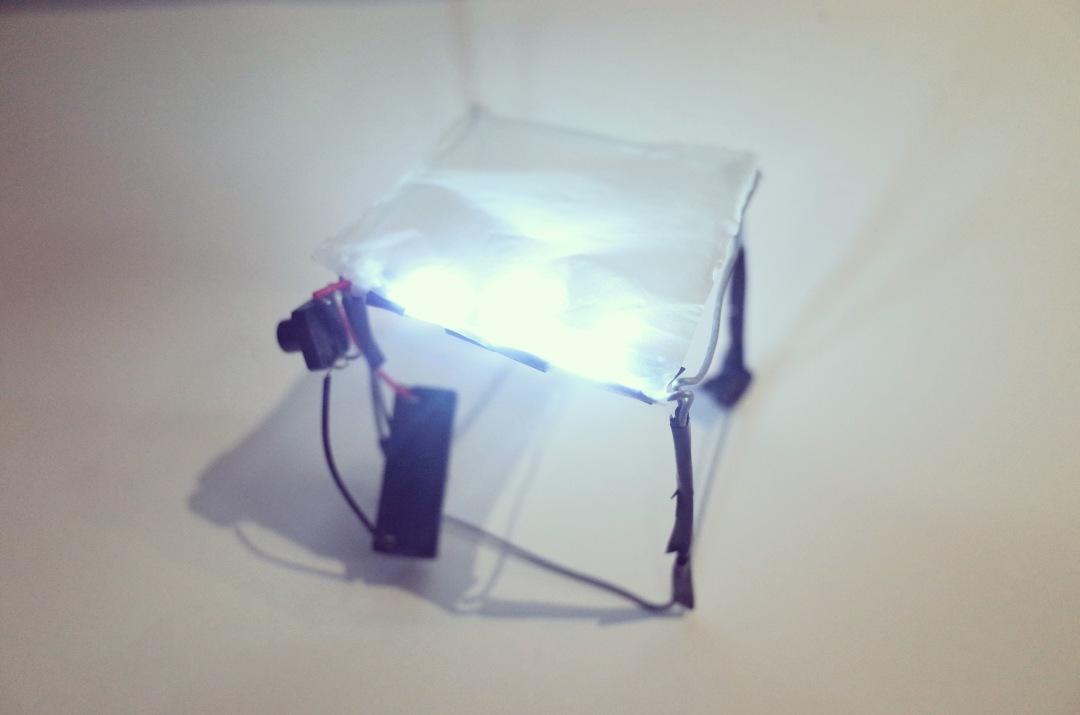
Then we started focusing on the wood not only because it is suitable for the atmosphere in the museum, which symbolizes a sense of tradition, but also it is easy to make from the manufacture perspective. The solution is that we used 9mm wood board to make the Goblet with drilled holes to make place for the LED lights, the operating principle is when the user put it up, the LED lights will be turned on by using the distance sensor which is controlled by MAX, mapping a wireframe goblet which is quite different from the original wood model and therefore achieving the user’s expectation. As a consequence, this solution would give users emotional experience by putting it up, but this solution lacks the change of colors in lights. (the inspiration comes from the Euston exhibition, a narrative space which can change colour for users to find consciousness).
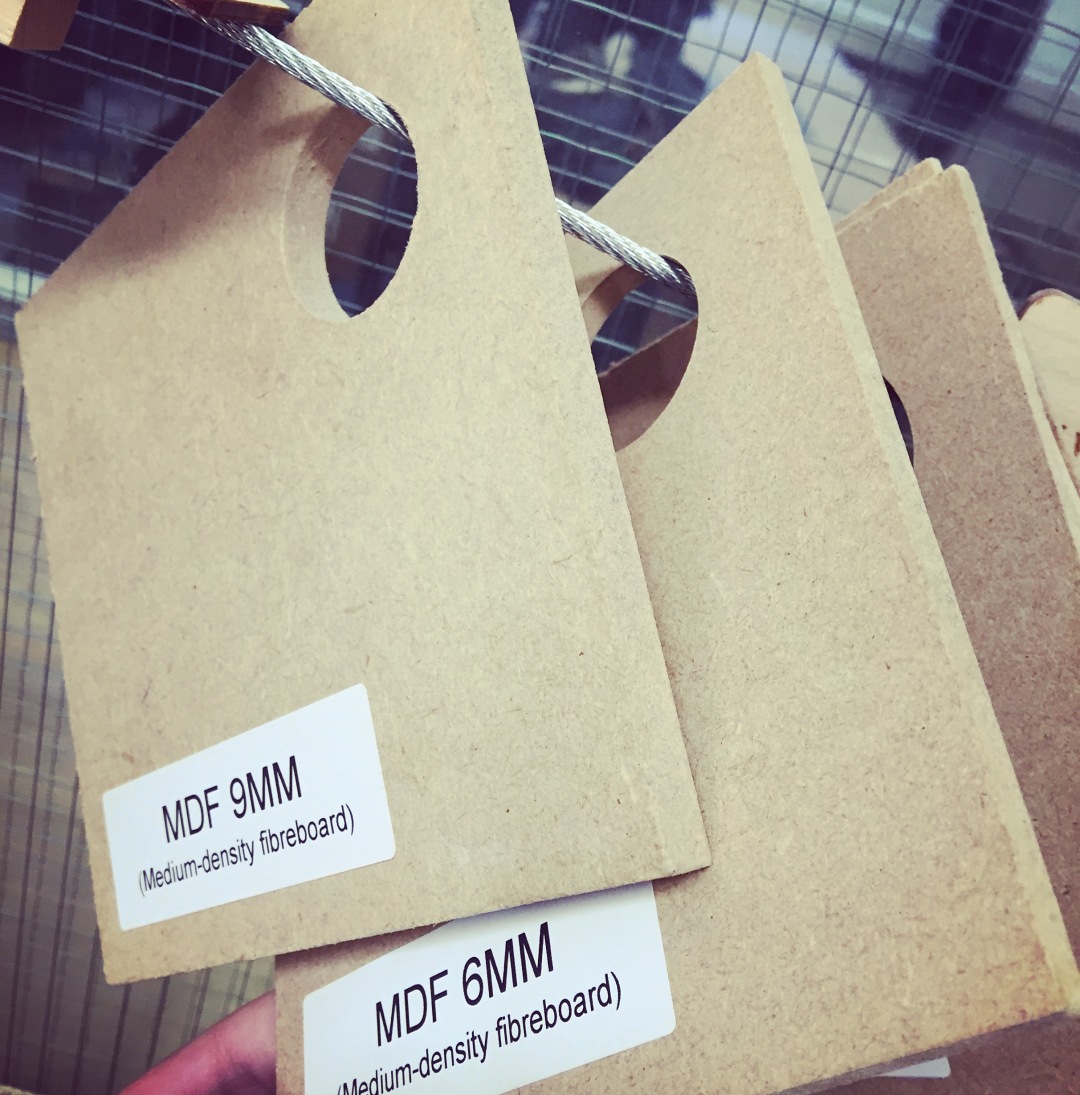
On the other hand, Nicolas gave us another suggestion, which is using some other materials like the acrylic, and using the projector project the form of the goblet on it at the same time. With different kinds of gestures of users, the goblet will change the colors. As a result, this solution solved the issues of the layout of the lines, however causing another issue, that is, how to catch the position when users put it up.
Finally, now we are still focusing on the research of the possibility for these two solutions, which are related to the technical as well as the materials. we went to the LCC’s and CSM’ 3D workshops to ask the staff about the possibility of our modeling. Although we have not decided which solution is perfect, we will make all of them if the time allows. In addition, we had emailed James Blinn in order to get the size of the goblet and we will start make it after producing 3D model by using MAYA software.

